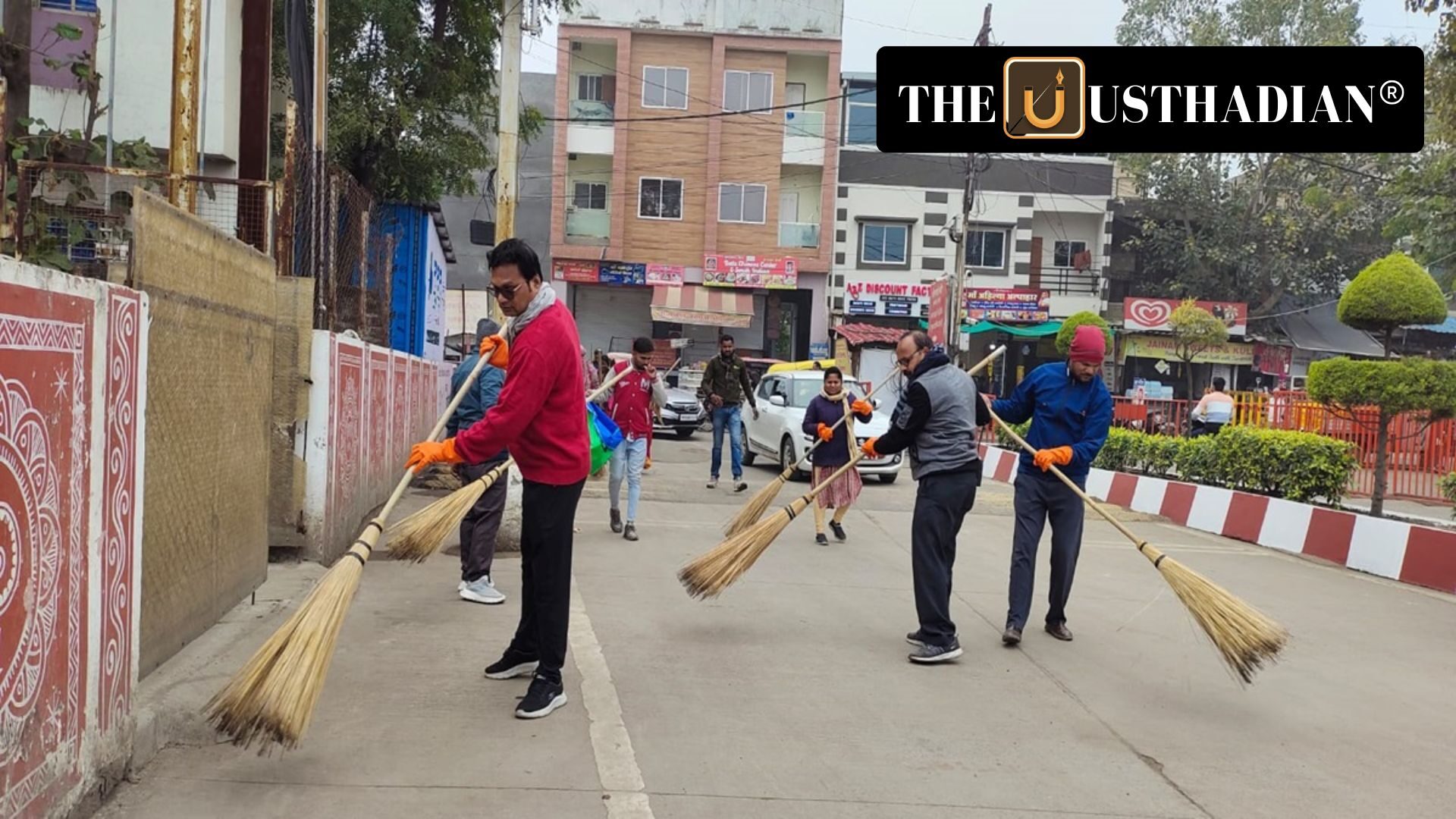A Fresh Look at Clean India
Swachh Survekshan 2025: A New Push for Cleaner, Smarter Cities: India’s journey toward a cleaner urban future took another big step with Swachh Survekshan 2025. Launched in 2016 by the Ministry of Housing and Urban Affairs (MoHUA), this annual cleanliness survey has become a national movement. Unlike traditional surveys, it ranks cities based on how clean and citizen-friendly they are. This isn’t just about sweeping the streets; it’s about creating healthier, greener cities that people are proud to live in.
What Makes 2025 Special?
This year, Swachh Survekshan added a new twist—the Super Swachh League. It’s a league of champions, featuring cities that consistently landed in the top 3 from 2021 to 2023. Think of it like the “IPL of Clean Cities”—only the most consistent performers make the cut. Cities like Indore, Surat, and Navi Mumbai are in this elite group, setting an example for others to follow.
City Categories: Fair Play for All Sizes
To ensure small towns aren’t overshadowed by mega cities, the Super Swachh League sorts cities into five categories:
- Very Small Cities (under 20,000 people): like Panchgani
- Small Cities (20,000 to 50,000): such as Vita and Sasvad
- Medium Cities (50,000 to 3 lakh): like Tirupati and Ambikapur
- Big Cities (3 to 10 lakh): including Noida and Chandigarh
- Million-Plus Cities: Indore and Surat lead here
Each city is judged against standards fit for its size—so the competition stays balanced.
What Does It Take to Be Super Swachh?
Cities in this league must score at least 85% in cleanliness benchmarks. That’s no easy feat. These benchmarks go beyond just garbage collection. Cities are also judged on innovation, sustainability practices, and citizen participation. For instance, Indore has held the title of India’s cleanest city for 7 straight years, thanks to its door-to-door garbage collection and public awareness campaigns.
More Than Just Rankings
Swachh Survekshan has changed how cities approach sanitation. Municipalities now compete to outdo each other in cleanliness. Citizens are more involved than ever. From school children painting walls to RWAs running waste segregation drives, the public is at the heart of this mission.
Awards That Inspire Change
Recognition fuels progress. Cities that perform well are publicly rewarded. These awards are not just ceremonial; they push cities to do better each year. Even smaller towns are stepping up their game, inspired by bigger cities. That’s the ripple effect Swachh Survekshan wanted to achieve.
Clean Cities = Healthier India
The larger aim of this survey isn’t just aesthetics. Cleaner cities mean fewer diseases, safer drinking water, and better urban planning. Swachh Survekshan links directly with other missions like AMRUT and the Smart Cities Mission, ensuring cleanliness aligns with India’s development goals.
Static GK Snapshot for Competitive Exams
Swachh Survekshan 2025: A New Push for Cleaner, Smarter Cities:
| Topic | Fact |
| Swachh Survekshan Start | 2016 by Ministry of Housing and Urban Affairs (MoHUA) |
| Super Swachh League | Introduced in 2025 for top-performing cities |
| Cleanest City (7 years) | Indore |
| Eligibility Score | 85% minimum to qualify for Super Swachh League |
| City Categories | Very Small, Small, Medium, Big, Million-plus |
Final Thoughts: A Clean Future, One City at a Time
Swachh Survekshan 2025 is more than a cleanliness test—it’s a roadmap for urban transformation. It reminds us that clean cities aren’t just the government’s job. They belong to all of us. Whether you’re in a big metro or a small town, the power to make India cleaner lies in your hands. And as cities rise to meet these goals, India moves closer to becoming a true model of urban excellence.








